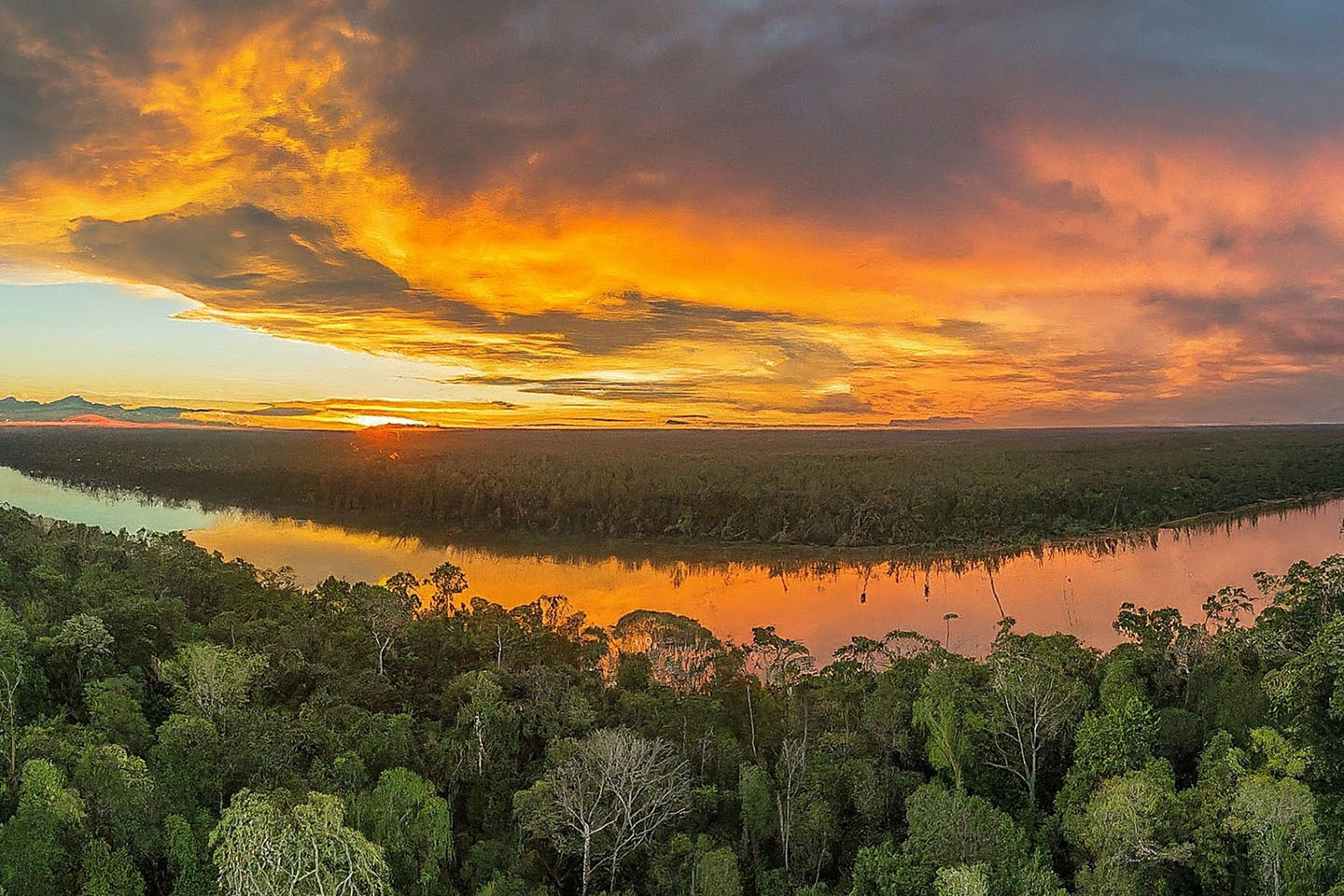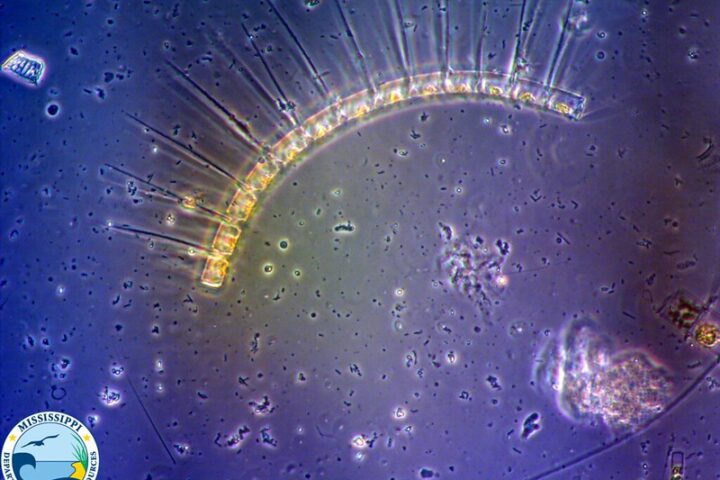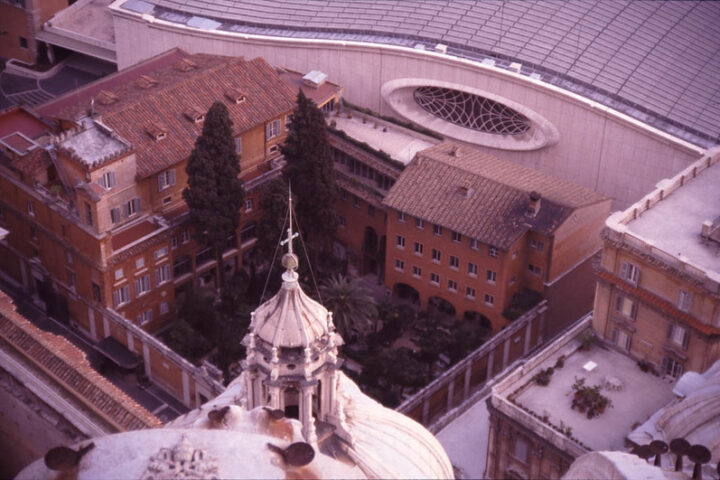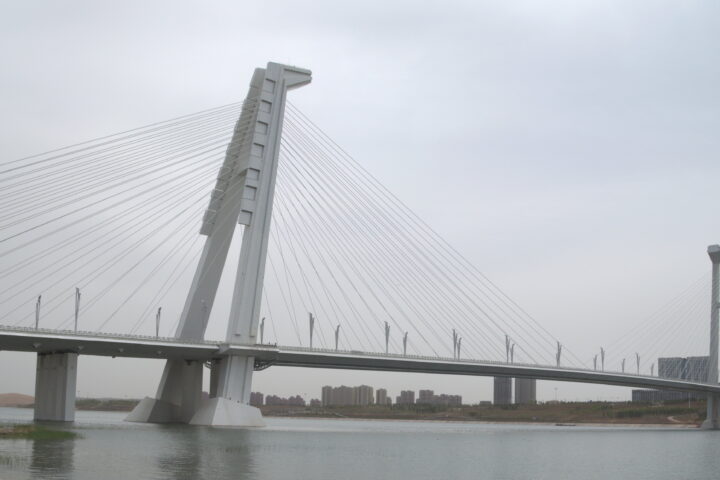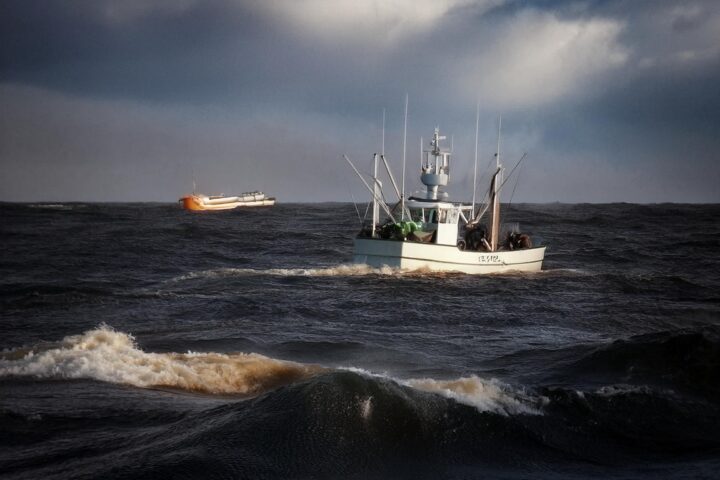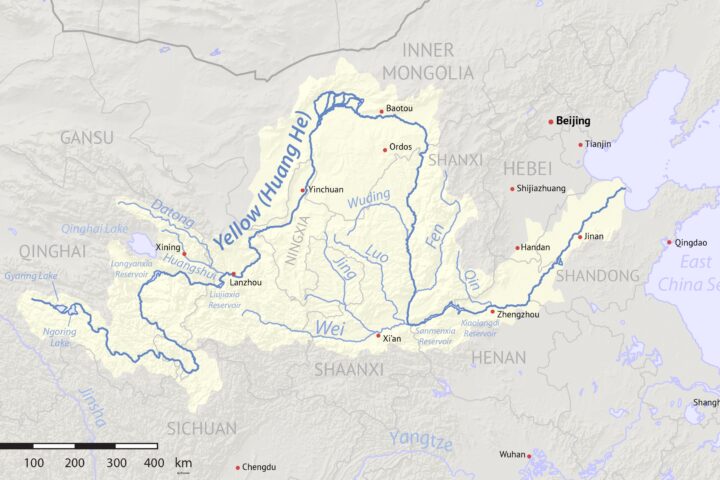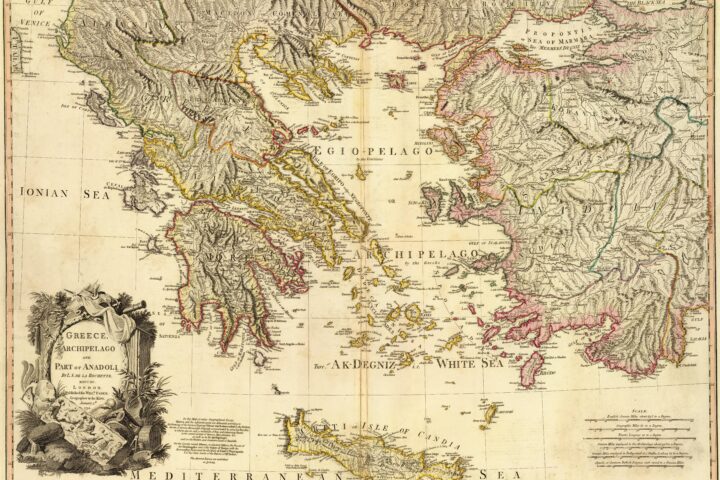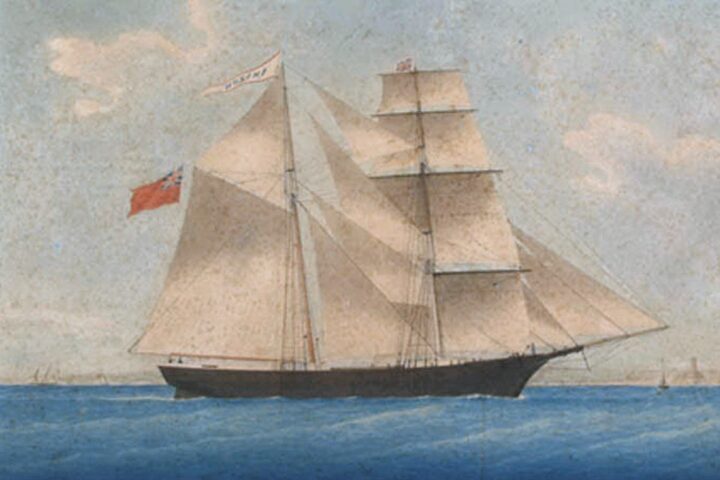Source: Gemini_Generated_Image_amazon-rainforest-preservation-planet-lifeblood
More Than Just Lungs
Often hailed as the “lungs of the planet,” the Amazon Rainforest is a colossal green machine, churning out oxygen and soaking up carbon dioxide. But this incredible jungle is so much more than just a giant air purifier. It’s a biodiversity hotspot, a climate regulator, and a cultural treasure trove.
Let’s bust a myth right away: while the Amazon does pump out a hefty chunk of the world’s oxygen, it’s not the sole supplier. The vast oceans, teeming with tiny plant-like organisms called phytoplankton, actually produce the majority of our planet’s life-giving gas. But don’t underestimate the Amazon’s role; it’s like a turbocharged oxygen booster for our atmosphere.
A Jungle of Life
Picture a world bursting with life – that’s the Amazon. From towering trees that kiss the sky to the creepy crawlies hidden in the undergrowth, it’s a zoo, botanical garden, and pharmacy all rolled into one. Countless plants in the Amazon hold the secrets to miracle cures, and indigenous peoples have been using them for ages.
Animals, big and small, call the Amazon home. Jaguars stalk through the undergrowth, colorful birds fill the air with their songs, and playful monkeys swing through the canopy. This incredible diversity keeps the jungle humming along, with each creature playing its part in a delicate dance of survival.
Climate Control and Water World
The Amazon isn’t just about wildlife; it’s a climate superhero. Through a process called evapotranspiration, the forest releases huge amounts of water vapor into the atmosphere, helping to create rainfall patterns across South America. It’s like the jungle is its own weather factory!
But the Amazon’s climate-cooling powers don’t stop there. It’s a carbon-hungry giant, sucking up huge amounts of carbon dioxide from the air and storing it in its trees. This helps slow down climate change, making the rainforest a crucial ally in the fight against global warming.
Trouble in Paradise
Sadly, this green wonderland is in trouble. Greedy humans are chopping down trees at an alarming rate to make way for farms, ranches, and roads. This deforestation is a double whammy: it releases all that stored carbon back into the atmosphere, fueling climate change, and it destroys the homes of countless plants and animals.
Saving the Green Giant
We need to step up and protect the Amazon before it’s too late. Governments, businesses, and individuals all have a role to play. We can support sustainable products, reduce our carbon footprint, and raise awareness about the importance of the rainforest.
Indigenous communities who have lived in harmony with the jungle for centuries hold valuable knowledge. Supporting their rights and traditional ways of life is crucial for protecting the Amazon.
The Amazon is more than just a rainforest; it’s the beating heart of our planet. Let’s work together to keep it pumping.
Guardians of the Green: Indigenous Knowledge and the Amazon
The Amazon rainforest is more than just a collection of trees and wildlife; it’s a cultural epicenter. For millennia, Indigenous peoples have coexisted with the jungle, developing a deep understanding of its intricacies. Their knowledge is a cornerstone of rainforest conservation.
Indigenous communities possess an encyclopedic understanding of plant and animal life, often knowing which species are essential for maintaining ecological balance. Their traditional practices, such as sustainable agriculture and forest management, have proven to be remarkably effective in preserving the rainforest. For instance, many Indigenous groups practice shifting cultivation, a method that allows the forest to regenerate between crop cycles.
However, these communities face unprecedented challenges. Deforestation, illegal mining, and the encroachment of outsiders threaten their way of life and their deep connection to the land. Preserving Indigenous cultures is essential for safeguarding the Amazon.
Economic Opportunities and Sustainable Development
To protect the rainforest, we must create economic alternatives for people living in Amazonian regions. Sustainable development is key. By promoting eco-tourism, sustainable agriculture, and the development of rainforest products, we can provide livelihoods without destroying the environment.
For example, the Amazon is a treasure trove of biodiversity, offering countless opportunities for the development of new medicines and cosmetics. By partnering with local communities, companies can create sustainable businesses while contributing to rainforest conservation.
Additionally, investing in education and infrastructure is crucial. By providing access to quality education and healthcare, we can help break the cycle of poverty and reduce pressure on the rainforest.
A Global Effort
Saving the Amazon is a global responsibility. Governments, international organizations, and corporations must work together to protect this vital ecosystem. International agreements and financial support are essential to combat deforestation and promote sustainable development.
Consumers also play a crucial role. By making informed choices about the products we buy, we can support businesses that prioritize sustainability. Choosing products made from sustainably sourced materials and supporting companies committed to rainforest conservation can make a significant difference.
A Future for the Amazon
The Amazon rainforest is a complex ecosystem facing immense pressure. However, there is hope. By combining Indigenous knowledge, sustainable development, and global cooperation, we can protect this invaluable resource for future generations.
It’s essential to remember that the Amazon is more than just a forest; it’s the lifeblood of our planet. Protecting it is not just an environmental imperative but a moral obligation.
A Tapestry of Life: The Imperative for Amazonian Preservation
The Amazon rainforest is more than a verdant expanse; it is a living, breathing organism, a complex tapestry interwoven with the threads of life. Its significance extends far beyond its geographical boundaries, influencing global climate patterns, harboring an unparalleled diversity of species, and sustaining the lives of millions. Yet, this invaluable ecosystem is under siege. Deforestation, driven by a complex interplay of economic pressures and unsustainable practices, is casting a long shadow over the Amazon’s future.
The Amazon’s role as a carbon sink cannot be overstated. Its vast expanse absorbs colossal amounts of carbon dioxide, mitigating the impacts of climate change. The loss of this natural carbon sequestration powerhouse would accelerate global warming, with far-reaching consequences for ecosystems worldwide. Moreover, the rainforest’s influence on hydrological cycles is profound. It acts as a massive reservoir, regulating rainfall patterns and river flows, not only within its own basin but also in neighboring regions. The disruption of this delicate balance could lead to droughts, floods, and altered weather patterns.
Beyond its ecological functions, the Amazon is a cultural and spiritual heartland for countless Indigenous peoples. Their deep-rooted connection to the forest has fostered a wealth of knowledge about its intricacies, from medicinal plants to sustainable land management practices. These communities are the guardians of the rainforest, and their rights and well-being must be prioritized in any conservation effort.
To secure the Amazon’s future, a multifaceted approach is essential. Governments, corporations, and individuals must collaborate to create a sustainable pathway forward. This includes implementing robust policies to curb deforestation, investing in sustainable economic development, and supporting Indigenous communities in their efforts to protect their ancestral lands.
Furthermore, there is a critical need for innovative solutions and technological advancements. Remote sensing and satellite monitoring can aid in deforestation detection and tracking, while advancements in sustainable agriculture and reforestation techniques can help restore degraded areas.
The challenge of preserving the Amazon is immense, but the rewards are immeasurable. A healthy Amazon is synonymous with a healthy planet. It is a bulwark against climate change, a reservoir of biodiversity, and a cultural treasure trove. By safeguarding this irreplaceable ecosystem, we are not only protecting a vital component of Earth’s life support system but also securing a sustainable future for generations to come.
The Amazon is a testament to the interconnectedness of all life on Earth. Its fate is inextricably linked to our own. It is time to recognize the Amazon not merely as a resource to be exploited, but as a sacred trust to be cherished and protected. The choices we make today will determine the legacy we leave for tomorrow.
Let us strive to be stewards of the Amazon, working in harmony with its natural rhythms. By embracing sustainable practices, supporting Indigenous communities, and demanding accountability from those in power, we can ensure that the Amazon rainforest continues to thrive as the beating heart of our planet.
Sources:

